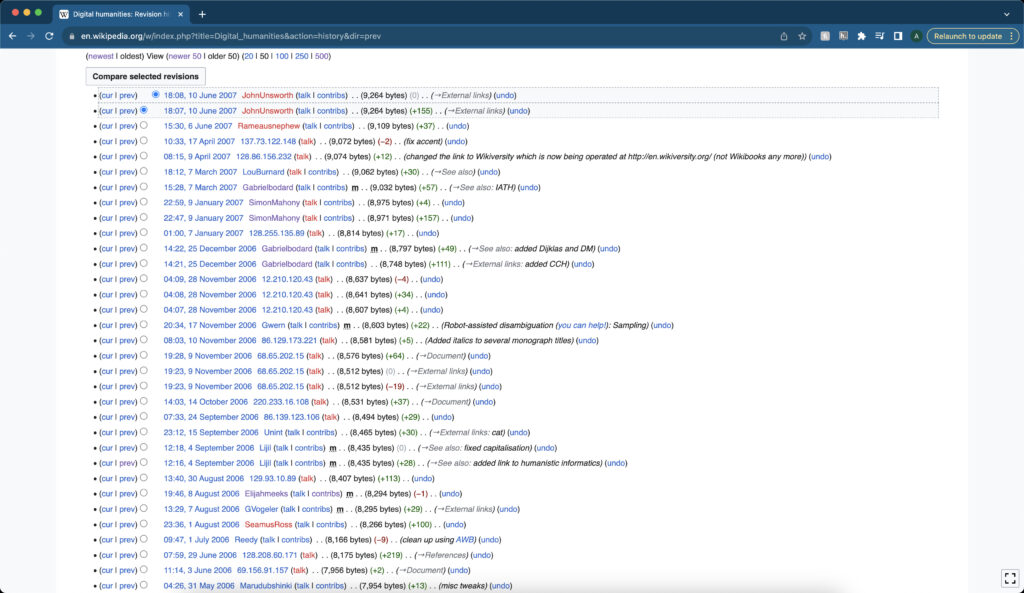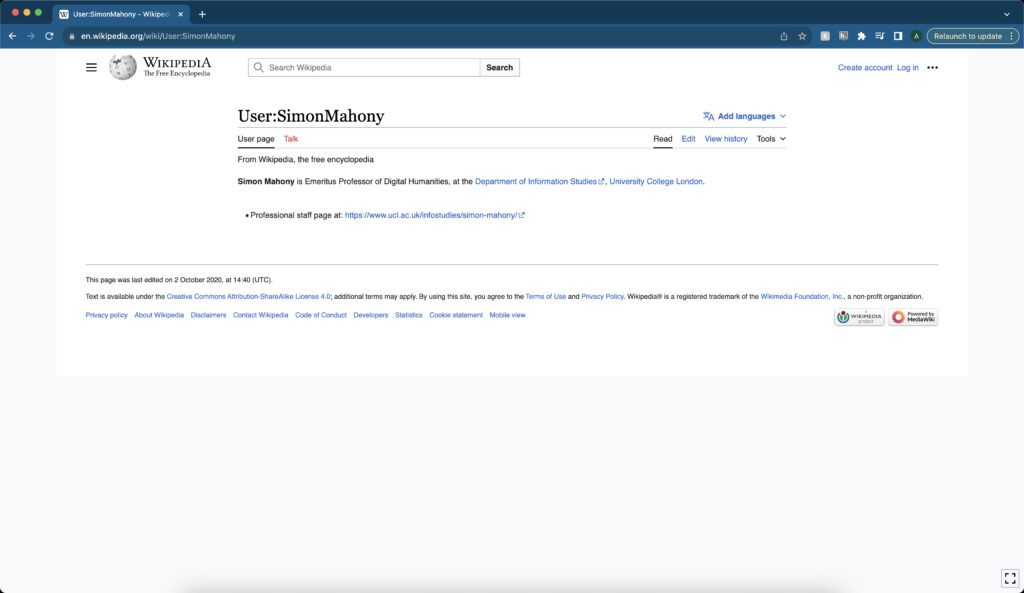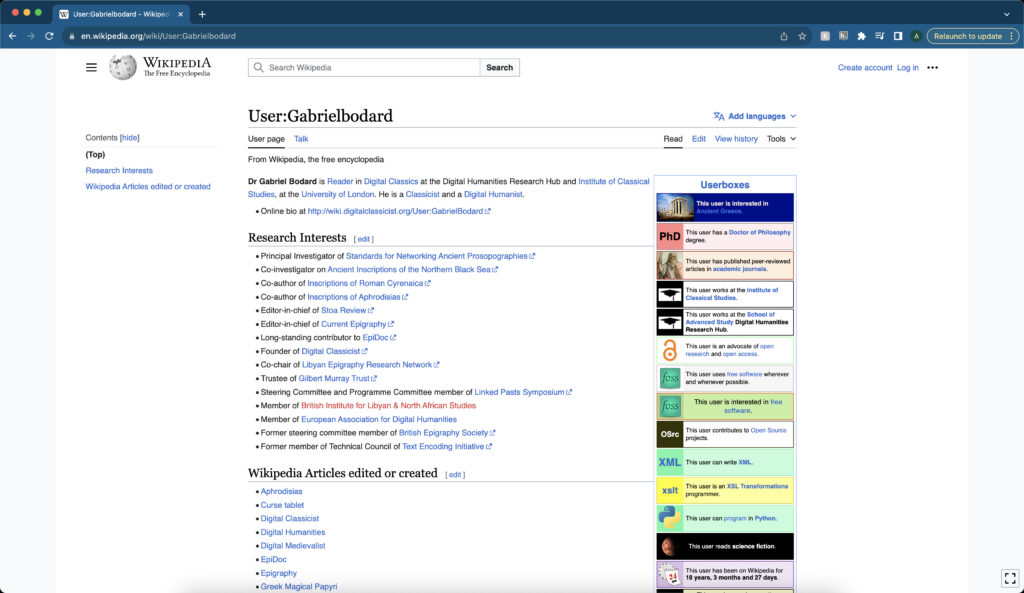Public history is a heavily contested practice in the history profession, mostly on what the practice truly is. According to John Dichtl and Robert B. Townsend, in their article “A Picture of Public History: Preliminary Results from the 2008 Survey of Public History Professionals” (2009), state, “Public history is one of the least understood areas of professional practice in history because the majority of public history jobs are outside of academia . . . One of the most significant challenges for public history as a field is ambiguity about the definition of the term.” (Dichtl and Townsend). Historians have had difficulty understanding the purposes of public history. While there are debates about the practice, one aspect remains true: the combined effort of historians and the public. In his article, “Whose Public? What is the Goal of a Public Historian?” (1981), Ronald J. Grele states, “But such work has always combined a commitment to one’s own research and a commitment to helping people do their own history, to involve themselves in their pasts, to increase their historical consciousness.” (Grele, 47). Historians work with the public to create projects that fit their needs. Public history projects following this model have implemented cooperation in different ways.
Understanding the public and shared authority are some of the main goals of historians working in public history. Serge Noiret, in his article “Sharing a Public Historian’s Authority within Communities” (2022), explains, “A long time practitioner of these shared authority practices in community projects in the UK, Paul Ward, tells us that ‘community research […], consistently seeks to sustain our community, revitalize and return our people back to their culture and language.’” (Noiret, 51). Historians should research the public to understand the community’s needs better and create better projects. One of the ways to do this is to interview people. According to Erika Hall, in her guide to “Interviewing Humans” (2013), “The goal of interviewing users is to learn about everything that might influence how the users might use what you’re creating.” (Hall). Different projects have implemented this strategy to help create and design to fit users’ needs better. One such project is the “Building Histories of the National Mall” (2015). The project creators used interviews to gauge what users wanted from the website, stating, “These findings guided the development and refinement of the Explorations section, and also guided the content team on where to focus research and writing time.” (Brennan and Leon, 25). Interviews are one way that historians can create projects with shared authority. Personas are also a way historians gauge users’ needs. Shlomo Goltz, in his article “A Closer Look at Personas: What They Are and How They Work” (2014), explains, “A persona is a way to model, summarize and communicate research about people who have been observed or researched in some way . . . Personas aid designers to create different designs for different kinds of people and to design for a specific somebody, rather than a generic everybody.” (Goltz). Historians use personas to help fit all potential users’ needs and understand the community. Both interviews and personas help historians and the public work together in a shared authority to create projects that fit the community’s needs.







